Zion National Park and its epic hiking trails have become an extremely popular place to visit in recent years. This is a spectacular destination and one of our favorite national parks in the USA. However, due to crowd levels, trail closures, and cyanobacteria in the Virgin River, Zion has become a challenging park to visit. Here are 5 things to know before visiting Zion National Park.
An Overview of Zion
Zion National Park is home to several of the most popular hikes in the United States. Angels Landing and the Narrows are two trails that draw most visitors to this park. The hefty climb up to Observation Point is another popular hike, the reward being jaw-dropping views across Zion.
Many of the hikes and best things to do are located along the Zion Canyon. For most of the year, a shuttle zips visitors to and from the hiking trailheads…cars are not allowed on this road when the shuttle is in operation. During the winter months, when the shuttle is not running, you are permitted to drive on Zion Canyon Scenic Drive.
There is one lodge inside of the park, the Zion Lodge. This is a great place to stay, since you are centrally located within the park and can walk right to some of the more popular trails. Springdale is the gateway into Zion. With numerous hotels and restaurants, this is where most visitors stay.
Things to Know Before Visiting Zion
#1 Some Hiking Trails are Closed
Currently, Hidden Canyon is closed due to a rockfall. Observation Point shares the same starting point as Hidden Canyon in Zion Canyon, at the East Rim trailhead. This trailhead has been closed since August 2019 and there are no projected dates about when it will reopen.
There are two alternative routes to get to Observation Point. The shortest option is to hike the East Mesa Trail with a round trip distance of 7 miles. On this hike, you will start outside of the park and hike to Observation Point. You can also get to Observation Point on the East Rim Trail, starting near the East Entrance of Zion National Park. This hike is 20 miles long so it is a massive day hike. Learn more about hiking to Observation Point here.
If you have dreams of hiking to Hidden Canyon, you will have to wait until the hiking trail is repaired.
Even if you have no plans to hike these trails, the closures can still impact your visit. With fewer trails open, there are limited options for hikers to spread out in the park, increasing the crowds on the remaining trails. Even in 2019, the crowd levels were record setting on Angels Landing, enough so that the trail had to temporarily shut down for safety reasons.
For updates on trail closures and the potential repair of the trail to Observation Point and Hidden Canyon, visit the Zion National Park website.

The trail to Hidden Canyon
#2 Toxic Cyanobacteria Bloom in the Virgin River
Since the summer of 2020, toxic levels of Cyanobacteria have been detected in the Virgin River. This was first discovered when a dog died after drinking water from the river.
Cyanobacteria produce toxins that affect the nervous system, causing rash, numbness, pain, seizures, vomiting, diarrhea, and death. Children and dogs are the most susceptible. It can be absorbed through the skin, eyes, and mouth.
Currently, the Utah Department of Water Quality is monitoring the levels of Cyanobacteria in the Virgin River. You can get updates here.
In August 2020, the Zion Narrows did close for a short period of time due to high levels of Cyanobacteria.
If you have plans to hike the Zion Narrows, I recommend being aware of this situation and periodically checking the Water Quality website just so you do not have any unfortunate surprises.

Zion Narrows
#3 You May Not Be Able to Hike the Narrows on Your Visit
When you hike the Narrows, you are hiking in the North Fork of the Virgin River through an immense slot canyon. During periods of high flow, the Narrows will close.
The National Park Service closes the Narrows when the flow rate of the North Fork of the Virgin River is over 150 cubic feet per second (cfs). During spring snowmelt, flow rates easily top out over 150 cfs.
The Narrows is usually closed from mid-March through mid-May. If you plan on hiking the Narrows, do not plan your visit to Zion National Park during this time.
The Narrows can also close during flash floods. This is most likely to occur during the summer months.
The higher the flow rate, the more difficult it will be to hike the Narrows, since water levels will be high. From May to December, water levels gradually decrease, so the later in the year you go, the easier the hiking conditions will be. There are some fluctuations due to rainfall and storms, but in general, this is the trend.
The late summer and early fall months are the best times to hike the Narrows. Flow rates are generally low and temperatures are pleasant. We hiked the Narrows at the end of October and it was a phenomenal time to be in the park.
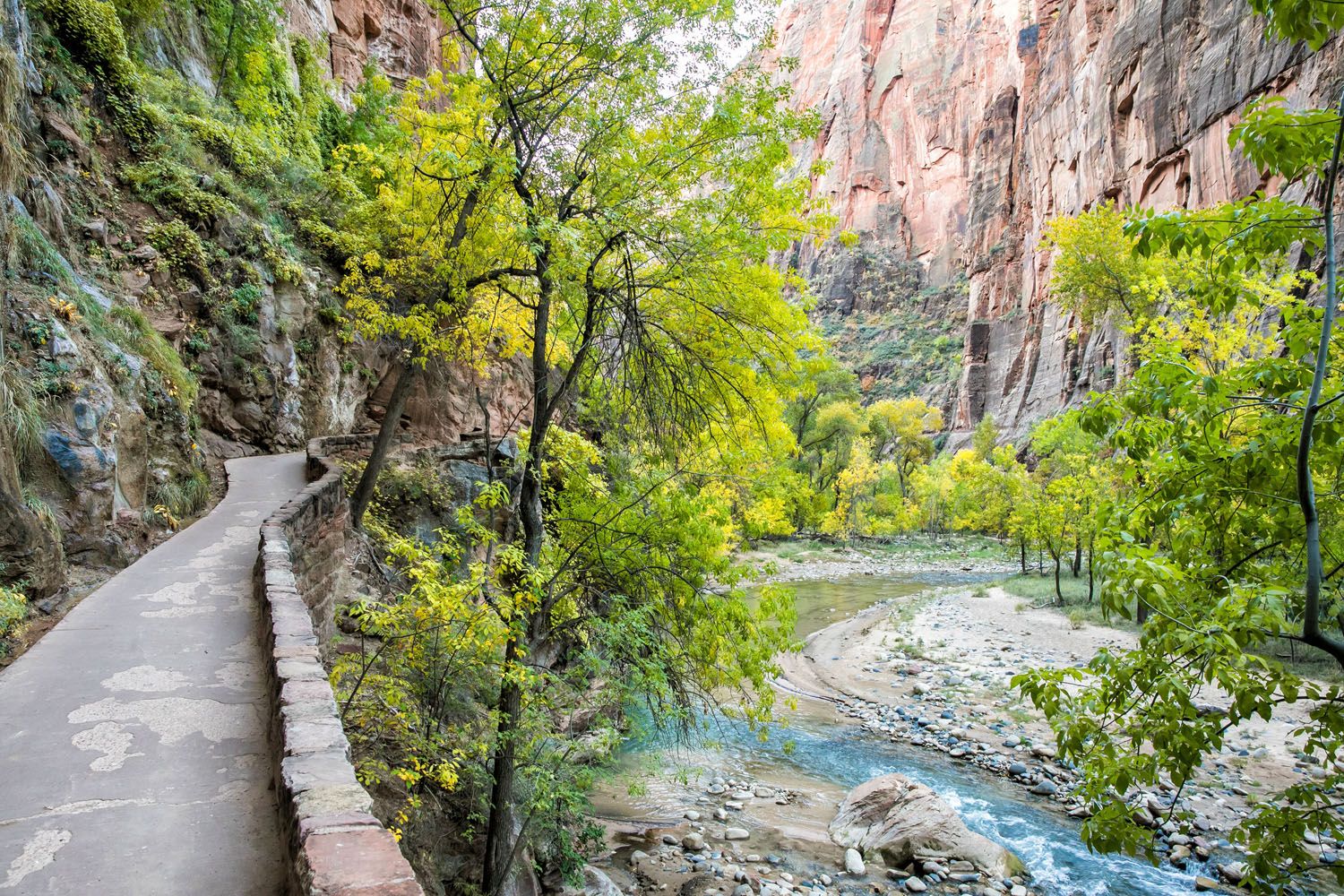
Riverside Walk in October
#4 The Zion Shuttle
For most of the year (March through November), the Zion Shuttle is in operation. During this time, private vehicles are not permitted to drive on Zion Canyon Scenic Drive. For the full schedule and hours of operation, visit the NPS website.
Park at the Visitor Center or take the Springdale Shuttle to the main entrance. The shuttle route starts at the Visitor Center and travels on Zion Canyon Scenic Drive until it ends at the Temple of Sinawava. If you are heading into the park to go hiking, make sure you know the correct shuttle stop for your hike.
Starting mid-morning, lines to board the Zion Shuttle can be very long. We are talking an hour wait or longer. To have the best experience, plan on being on one of the first two shuttles of the day. During peak season and holiday weekends, plan to get in line at least 30 minutes before the first shuttle. I know that’s early, but if you are planning to hike Angels Landing, you will have a much better experience going early, since you can hike the chain section without two-way traffic. It’s worth the early start!
If you get to Zion and find that lines to board the shuttle are ridiculously long, there is still plenty to do in Zion without riding the shuttle. Read our article 10 Things to Do in Zion if You Don’t Want to Ride the Shuttle for more information.
When the shuttle is not in operation (December, January, and February) you are permitted drive along Zion Canyon Scenic Drive. Just be aware that parking is limited so it still helps to get an early start.
You are permitted to drive from the Visitor Center to the east entrance all year.
There is a second shuttle system, the Springdale Shuttle, that connects the hotels in Springdale with the main entrance of Zion.

The view of Zion Canyon from Observation Point
#5 You Must Have a Permit to Hike to Angels Landing
Angels Landing is the most popular hike in Zion National Park. Crowd levels were so high in 2019 that the national park service began brainstorming ideas on how to control the traffic on this trail. Then, the pandemic brought its own changes. During the summer of 2020, the chain section of the hike was closed, for social distancing. The farthest hikers were allowed to go was Scout Lookout.
During Memorial Day Weekend 2021, crowds were enormous at Zion National Park. The park rangers managed the line, sending small groups of hikers up every few minutes. At one point, there was a 2 hour wait just to start the hike.
If you plan to hike Angels Landing, you must have a permit. The National Park Service now requires hikers to have a permit, in order to limit the number of people on the trail.
Permits are awarded by lottery, both seasonally and the day before your planned hike. It costs $6 to enter an application and if you are one of the lucky lottery winners, you will pay $3 per person.
For dates of the seasonal lotteries, how the day-before lottery works, and the link to enter the lottery, visit the National Park Service website.

Angels Landing trail
In Conclusion
I’m not writing all of this to change your mind about visiting Zion. It is an awesome national park, but due to trail closures, crowd levels, and high bacteria levels in the Virgin River, this park is dealing with some very unique challenges right now. These are all things you need to be aware of before planning a visit here.
Just up the road is Capitol Reef National Park, a highly underrated national park with surprisingly awesome hiking trails, unique backcountry experiences, with just a fraction of the visitors that Zion gets.
Bryce Canyon and the Grand Canyon are also very close to Zion. There are some super fun hiking trails in Grand Staircase-Escalante, or you can explore the Valley of Fire or Snow Canyon State Parks, which are just a short drive away from Zion.
If you are planning a visit to Zion National Park and have any questions, let us know in the comment section below.
More Information About Zion National Park

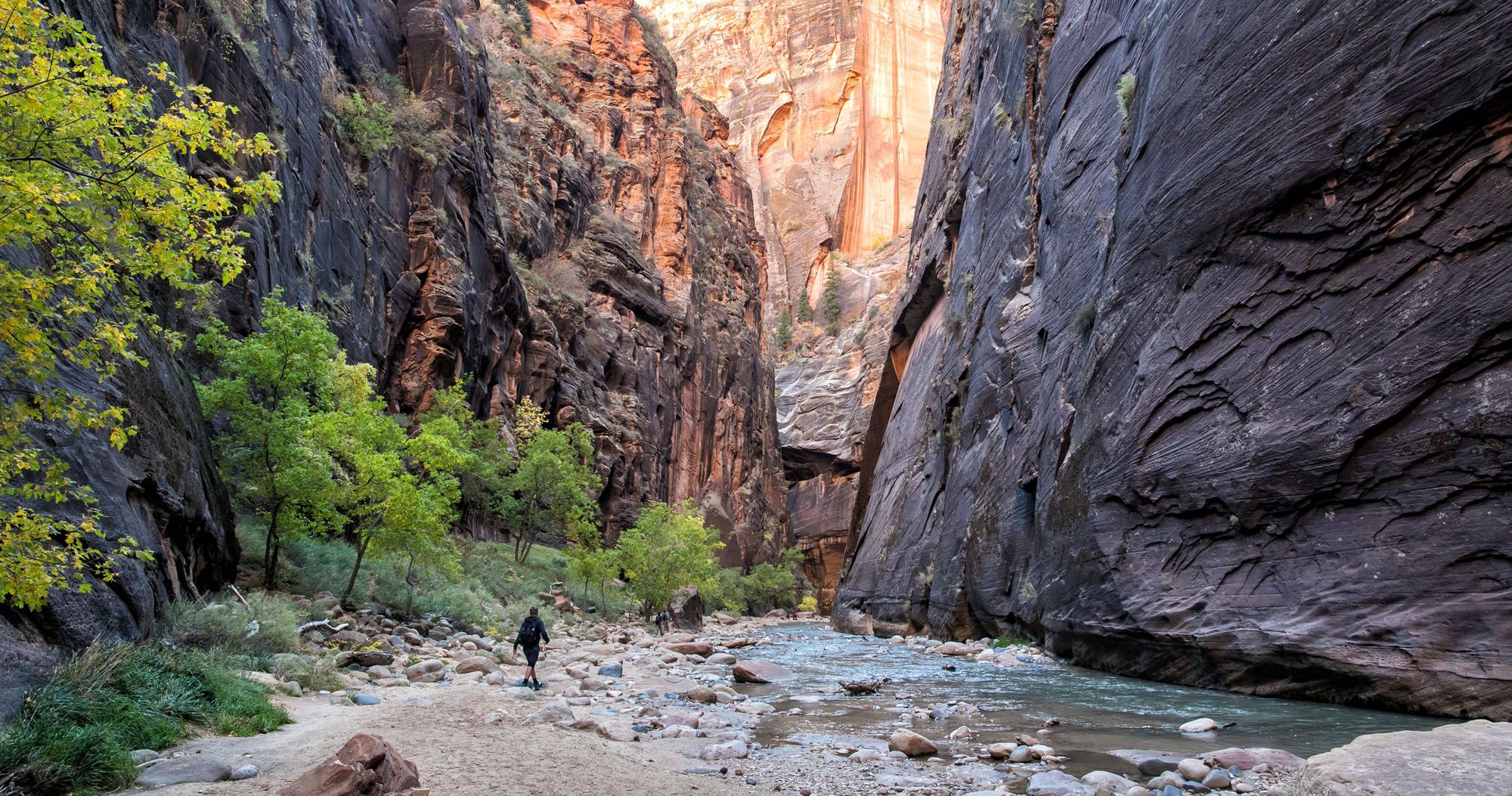



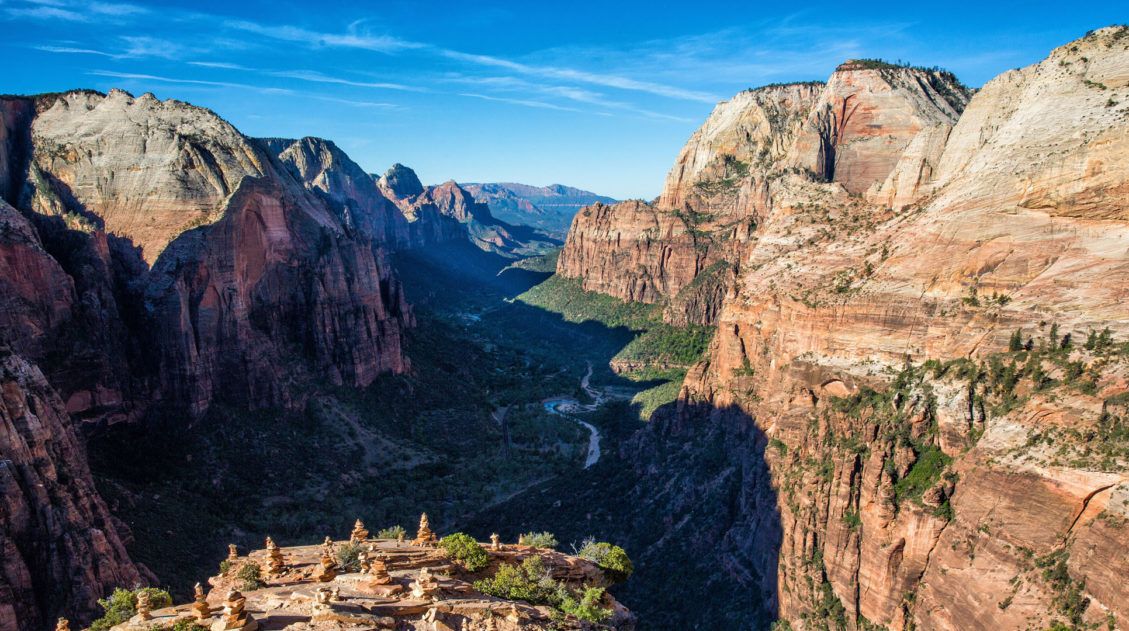
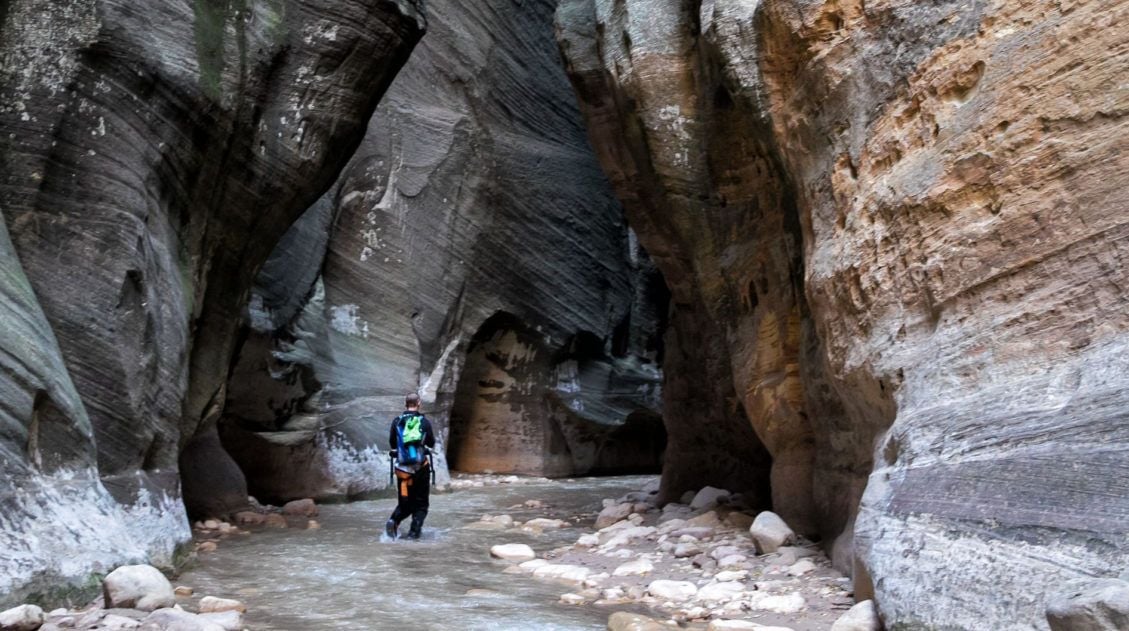




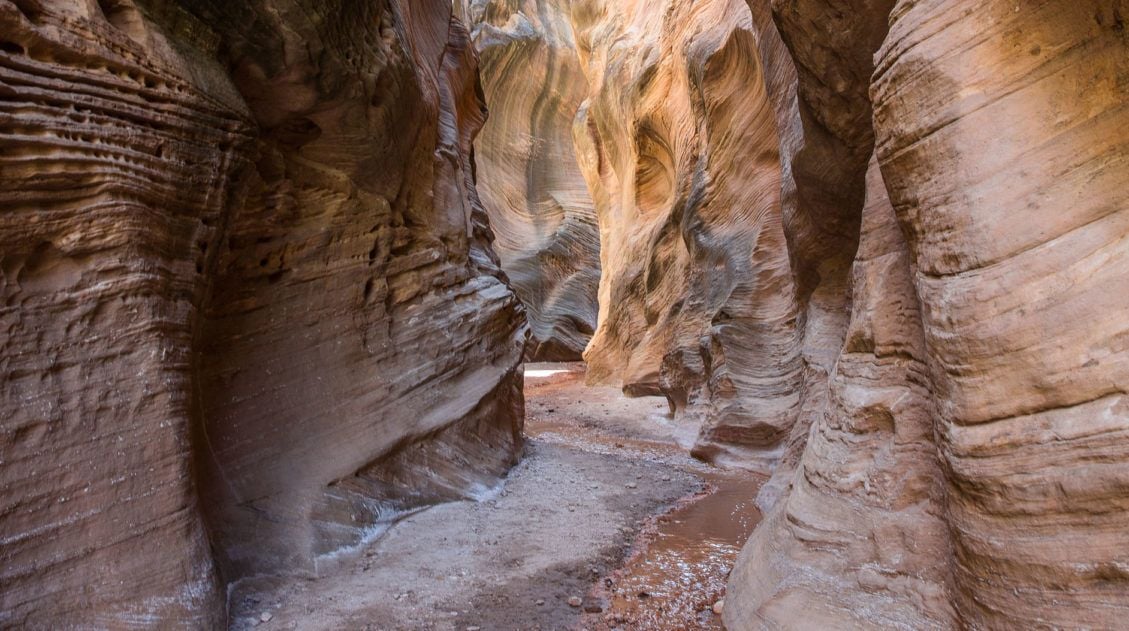
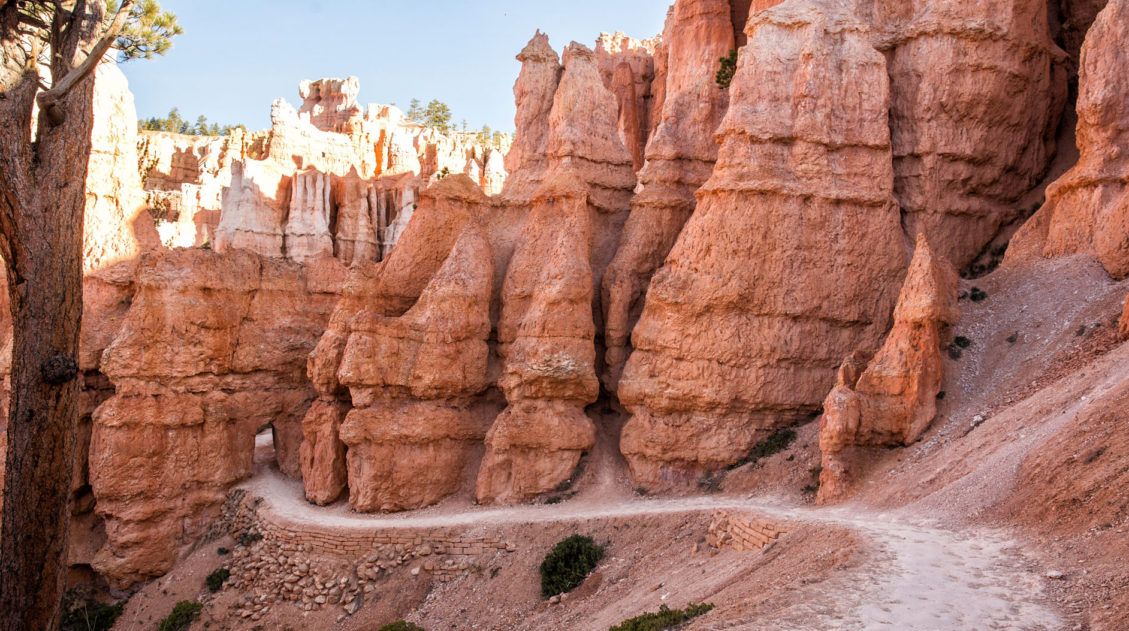
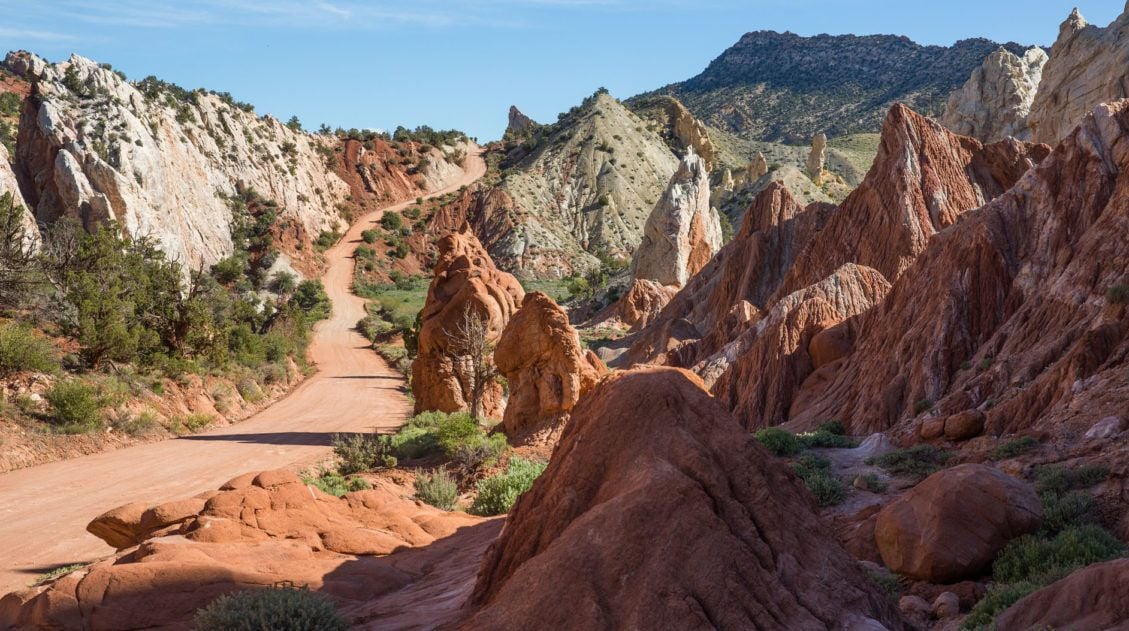
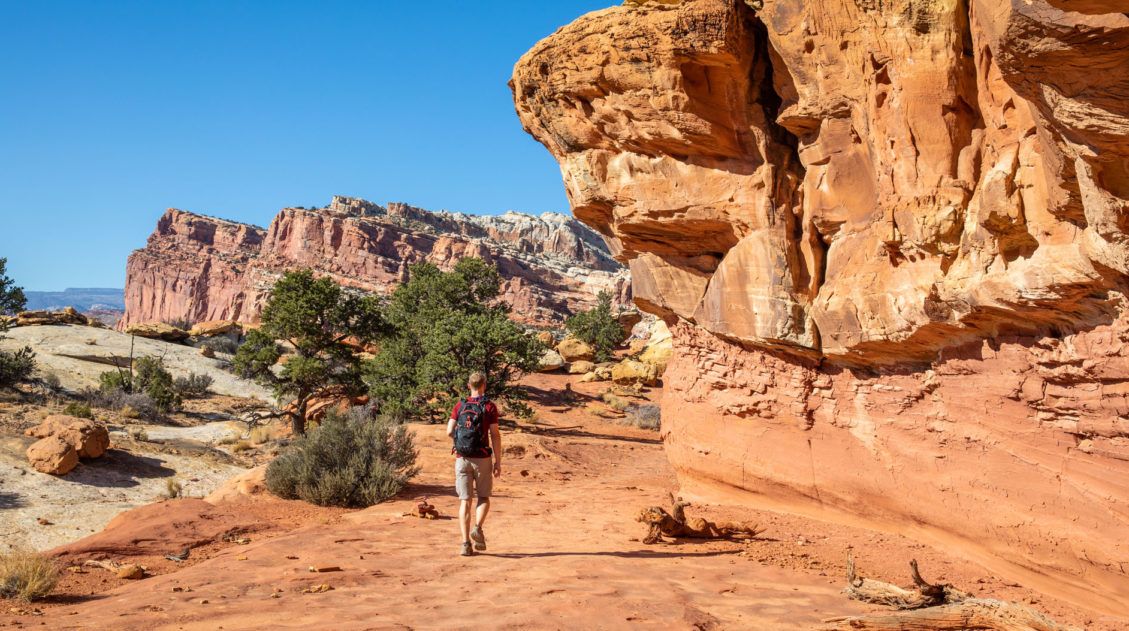


Comments 33